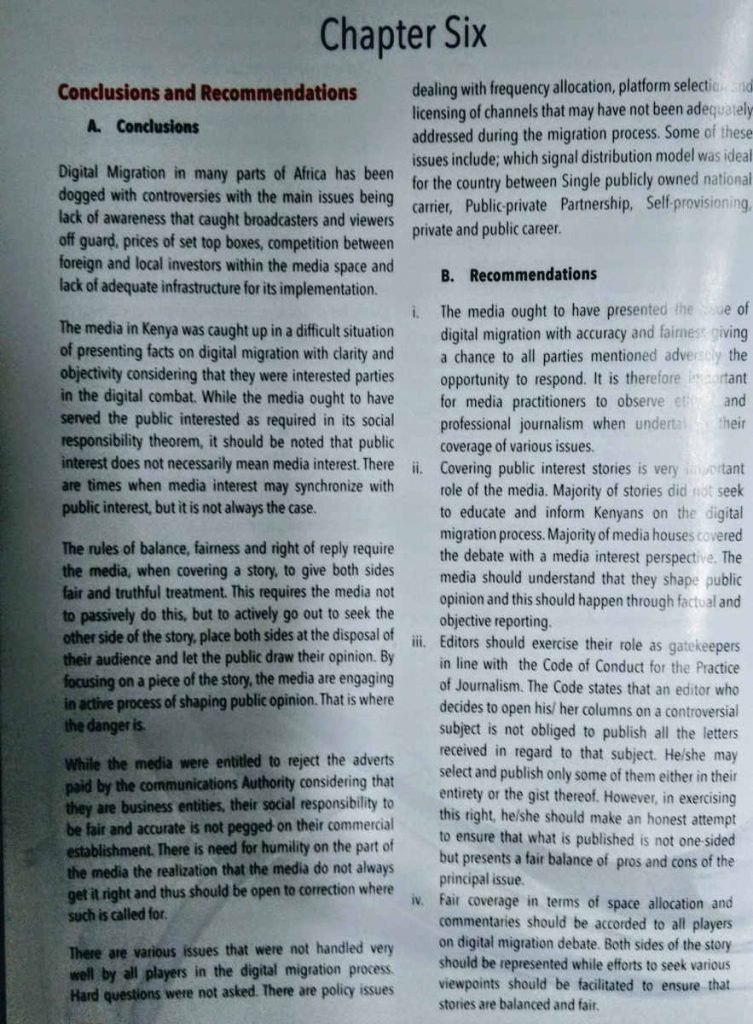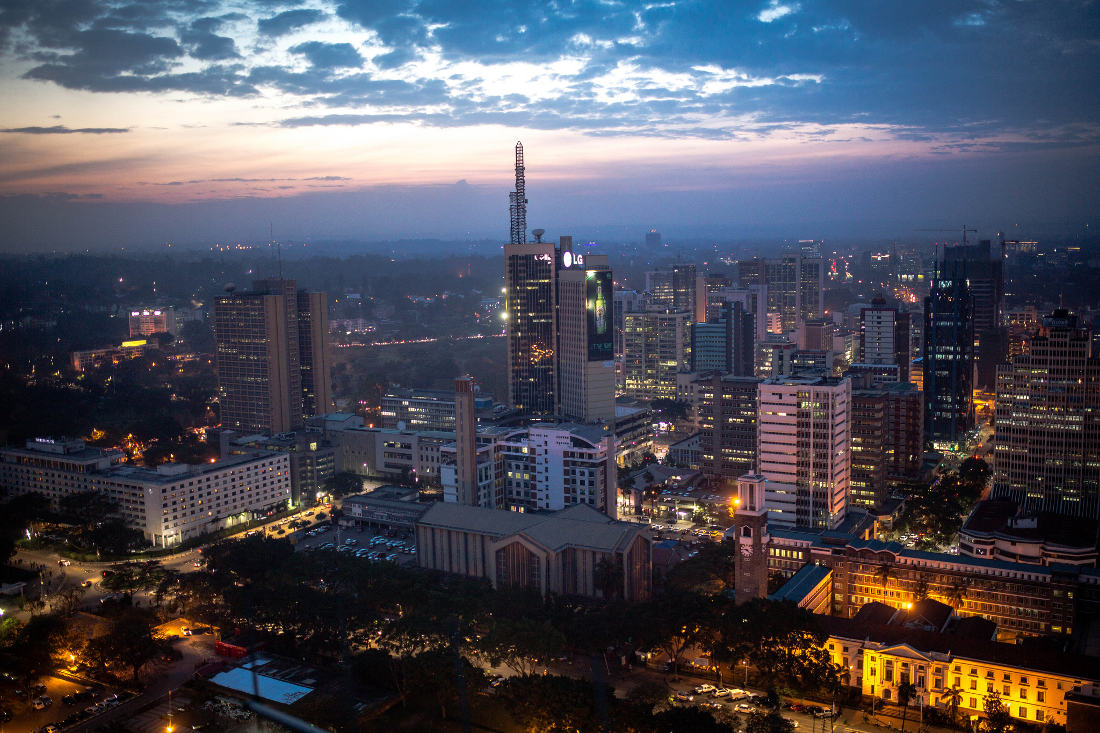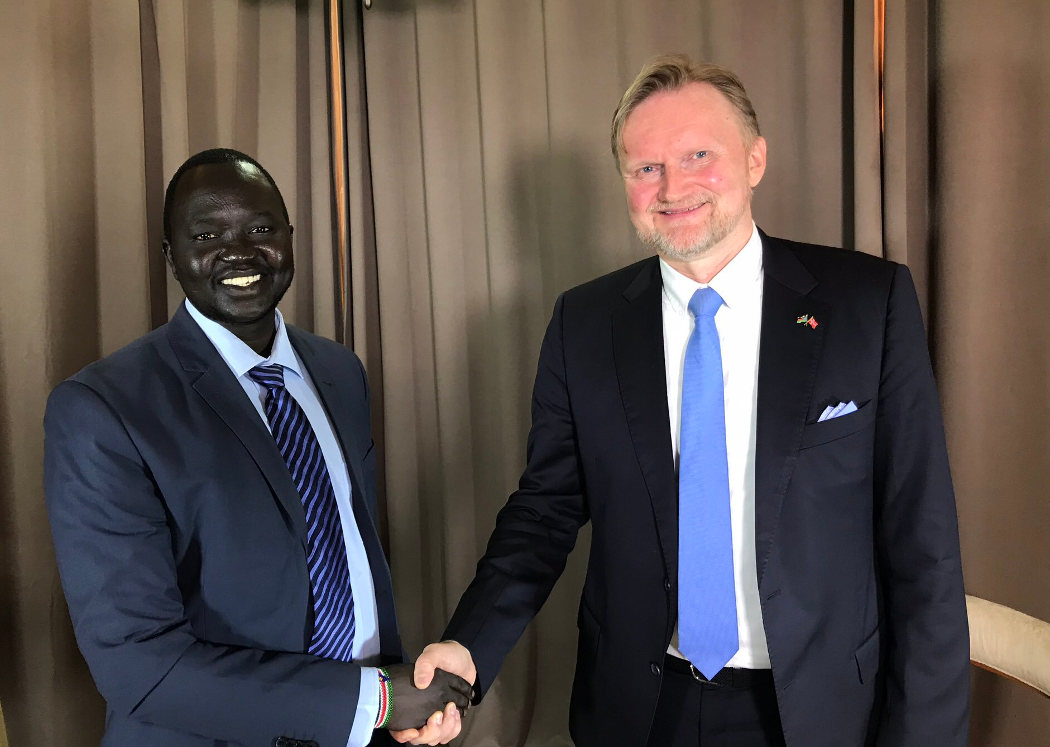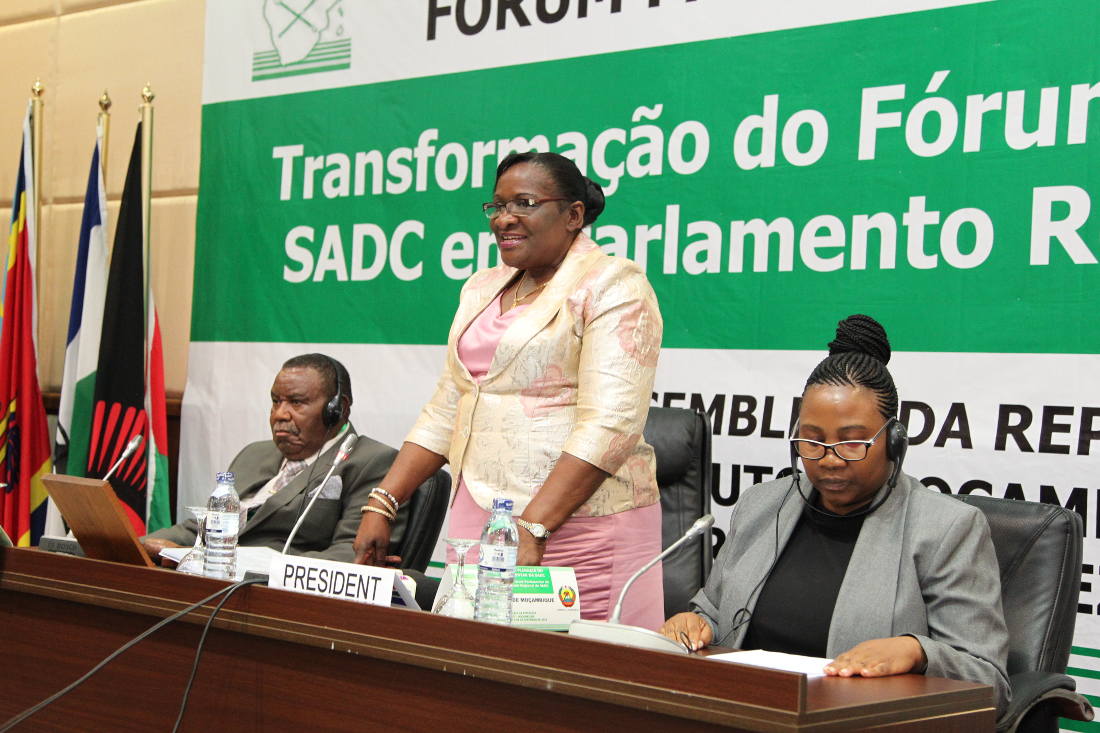NAIROBI, Kenya (ViaNews) – Kenya’s journey to digital television migration has proven to be a steady yet indifferent process if existing factors is anything to go by. Ever since the government started strong-arm tactics in 2013 to effect the change, various innovations have sprouted in the competitive broadcast market. This is in line with the ever-changing global trends.
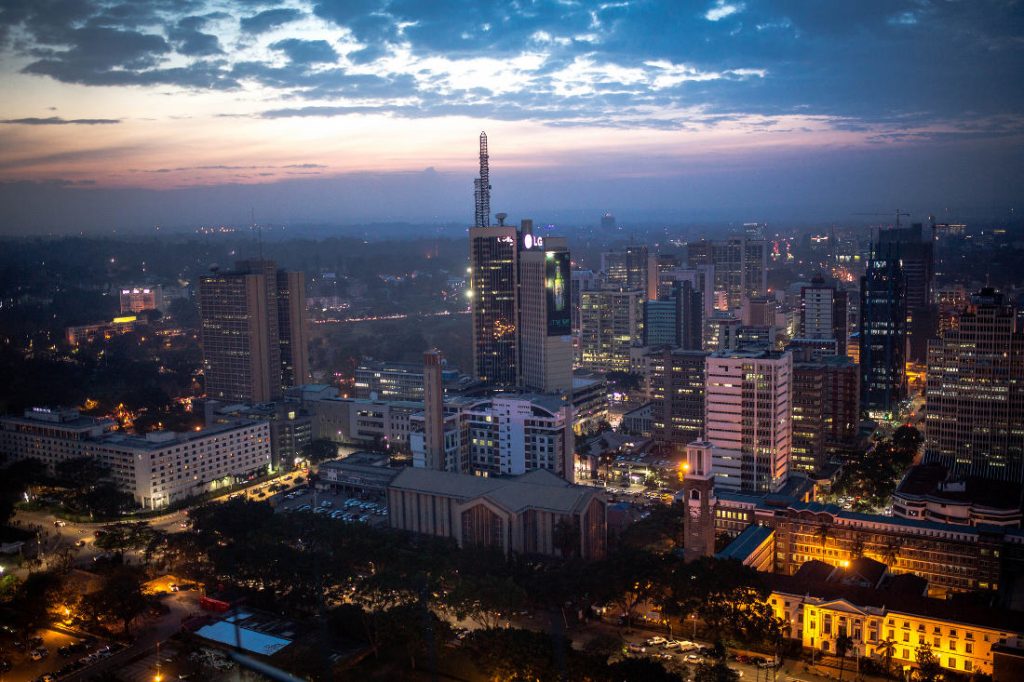
Indeed, digital migration in Kenya and by large Africa has faced various challenges. A detailed report done by Media Council of Kenya outlined the role that the Kenyan media played in shaping matters regarding the digital sphere and what can be done to improve the state of affairs.
The foundation of television migration from analog to digital started in 2006. Kenya signed off on the ITU Geneva 2006 (GE06) Agreement. June 2015 was the initial global deadline for all signatory countries to comply with the agreement.
According to a report by the Telecommunications Management Group on digital migration in Kenya, the initial steps towards actualising this project involved policy and regulation. Secondly, the technical aspect of harmonisation preceded the final step of dealing with the consumers.
The process hit a snag for close to three years since 2011 due to legal issues raised. Inadequate funding to roll out the program was also a constant feature that slowed down proceedings. To date, challenges have affected the full implementation of the project that aims to have the majority of the population switch to digital television.
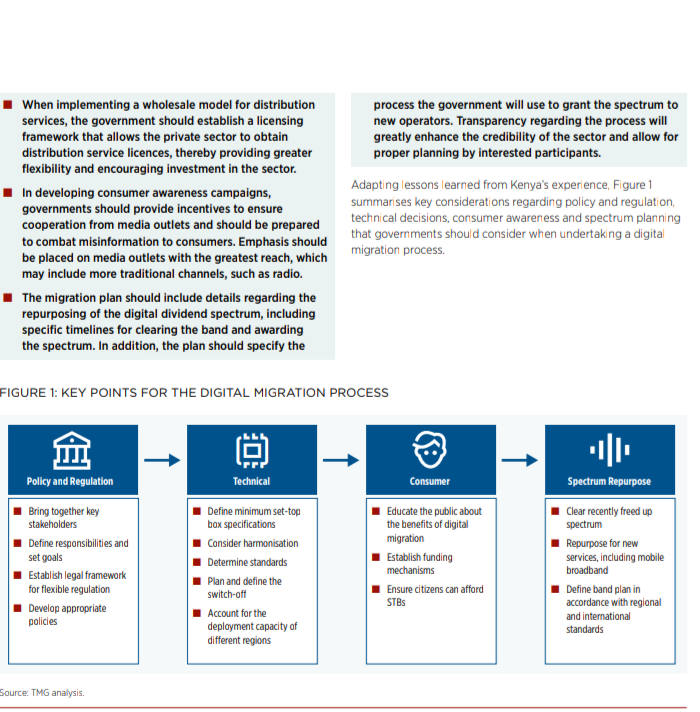
The Analogue Switch-Off (ASO) was completed in June 2015. The results thereafter as shown by TMG’s report indicates progress in the transition. About 55% of the Kenyan market had access to analog television. After the ASO, 66% of that same market had access to digital television with that figure rising as of 2018.
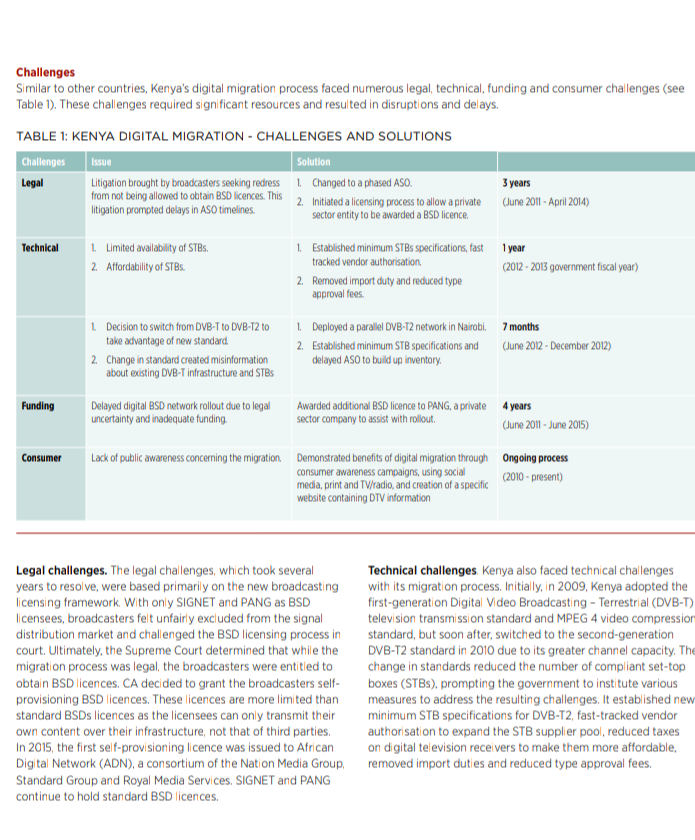
Affordability
However, one major concern had been and remains the affordability of digital Set Top Boxes (STB) that transmit digital signals. Being a third world country, a vast majority of rural homes and slum areas in Kenya barely survive on $10 a day. Most of the residents in major urban towns have embraced the digital switch.
However, the worrying fact is the rural population that quite simply cannot invest up to $40 to get free-to-air STB or part with about $100 for standard digital televisions. The MCK report shows the media’s coverage analysis on digital migration and role played on all fronts.
“Digital migration in many parts of Africa has been dogged with controversies with the main issues being lack of awareness that caught broadcasters and viewers off guard, prices of set-top boxes, competition between foreign and local investors within media space and lack of adequate infrastructure for its implementation.
“The media in Kenya was caught up in a difficult situation of presenting facts on digital migration with clarity and objectivity considering that they were interested parties in the digital combat,” read the report’s conclusion.
With Kenya regarded as the second largest social media consumer in Africa after South Africa, an uphill battle still remains to strengthen penetration of the digital television project to the rural areas of the country.
Despite many campaigns done over the last decade, there are those who remain firm in their decision due to tradition or financial difficulties. Needless to say, they too, like other Kenyans, have a right to information and subscribe to whichever form they see fit to get it.
